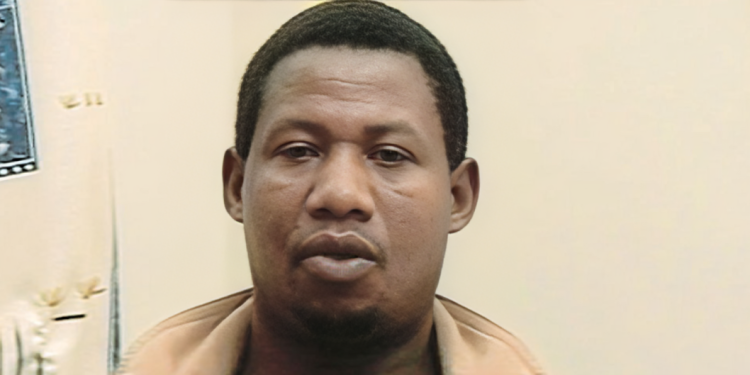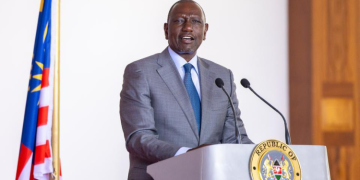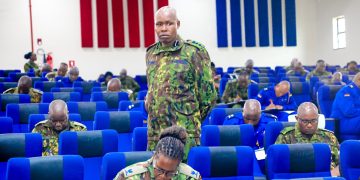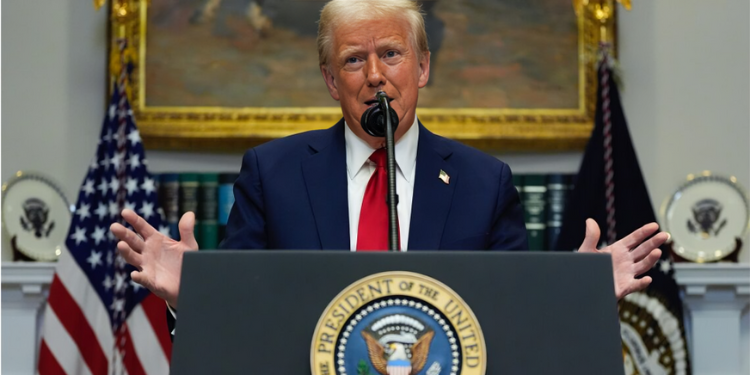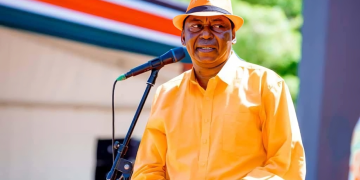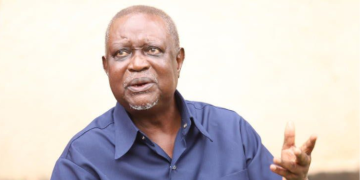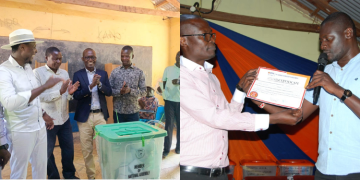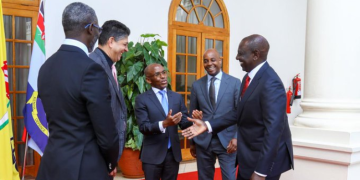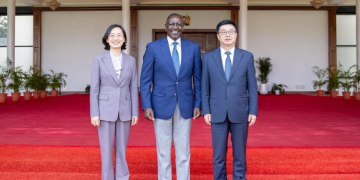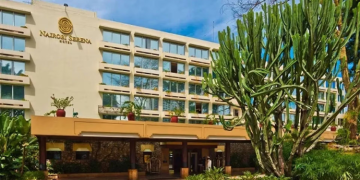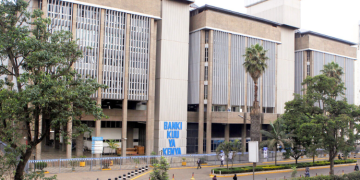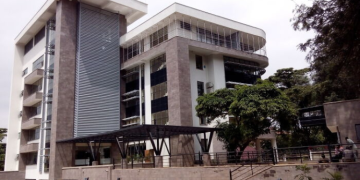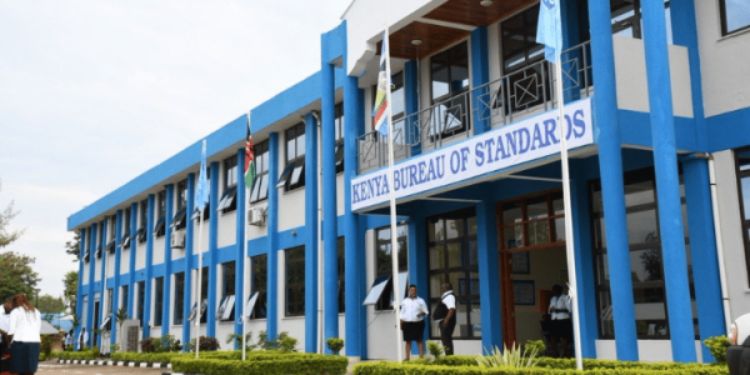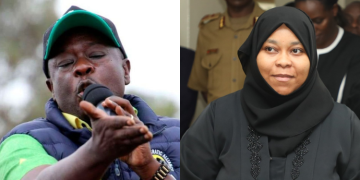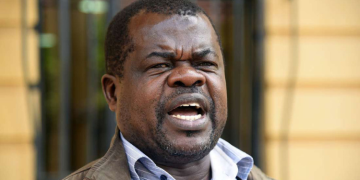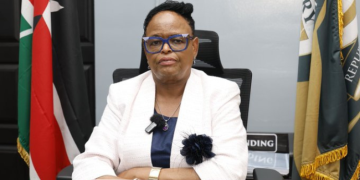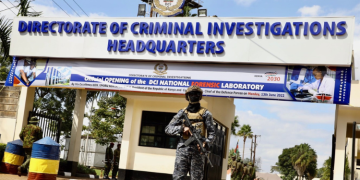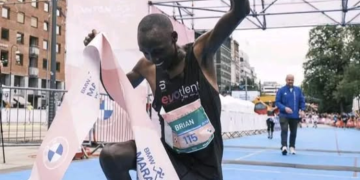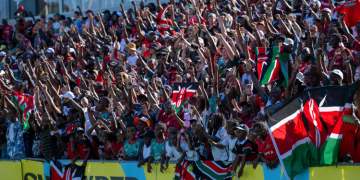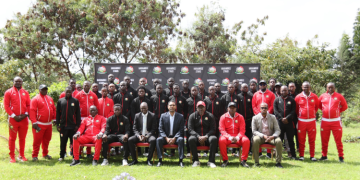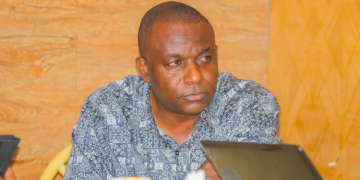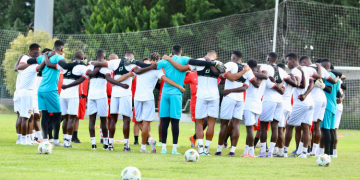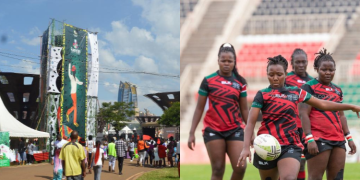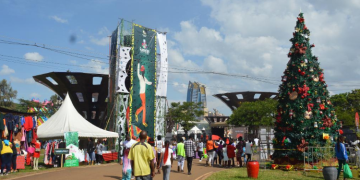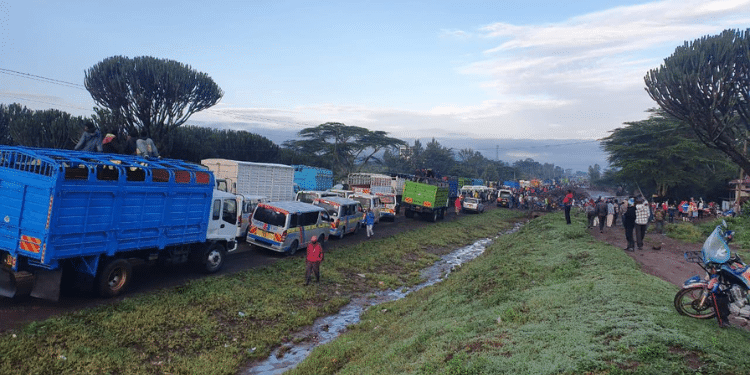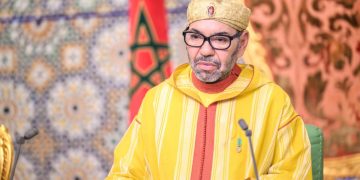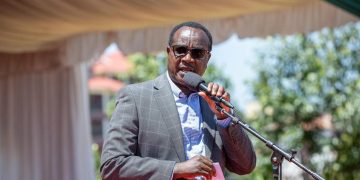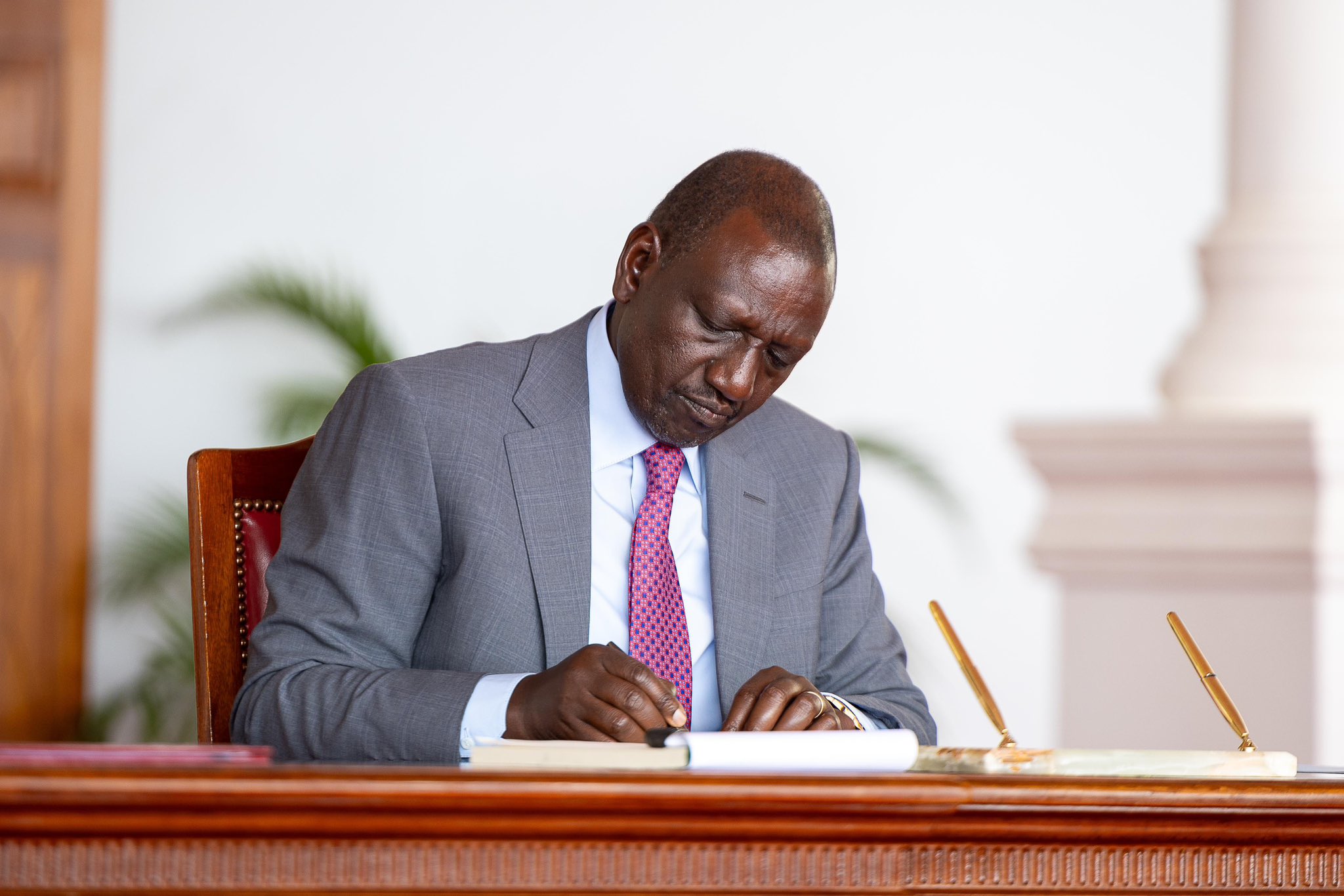On February 20, 2007, police hunted down and killed one of Kenya’s most wanted criminals at the time, Simon Matheri Ikeere, commonly known as Matheri.
Matheri was linked to several criminal activities in the country, including robbery with violence, murder, and carjacking.
Notably, Simon Matheri Ikere was linked to the murders of Professor Job Bwayo, a top AIDS researcher, and Lois Anderson, the wife of a U.S. embassy official, along with her daughter Zelda White, in 2007. These high-profile killings were associated with carjackings in Nairobi, where Matheri was a prime suspect.
These killings prompted President Kibaki’s government to track Matheri’s whereabouts following public outcry.
More than 100 police officers reportedly raided the home of Matheri’s spouse in Athi River, where he had taken refuge, after being tracked and traced by police through his mobile number.
Simon Matheri Gunned Down By Police
Nairobi Police Boss at the time, Njue Njagi, said the police raided his home in the middle of the night, and they were involved in a gun fight with Matheri, but managed to kill him.
“We got him at 2:30 a.m. at his home in Athi River. There was a shootout, but we got him,” Njue said.
Television footage captured the body of Matheri lying lifeless in only blue shorts beside an AK-47 rifle. His wife and children were present in the partially constructed house at the time.
Police spokesperson at the time, Gideon Kibunjah, said Matheri and his gang were suspected in the murders of AIDS researcher Dr. Job Bwayo and American missionaries Lois Anderson and Zelda White, but noted there was no concrete evidence linking them to the killings.
However, in 2008, Police Constable Benard Kiriinya, who turned whistleblower, approached the Kenya National Commission on Human Rights and gave his account disputing the police narrative that Matheri had fired at officers during the raid on his home, prompting them to shoot him.
He described Matheri’s death as an extrajudicial killing, alleging it occurred at a time when the then Minister of Internal Security, John Michuki, had issued shoot-to-kill orders.
Also Read: Today in History: Samora Machel Dies in a Plane Crash After a Meeting in Zambia
Kiriinya claimed he was the driver of the police killer squad that was primarily tasked with eliminating members of the Mungiki sect and stated that he was present during Matheri’s killing.
According to Kiriinya, on the evening before Matheri was murdered, he met with a Chief Inspector and a DCIO, and confirmed Matheri’s location. A team of officers was then mobilized for the raid under instructions from a senior Nairobi police officer.
To avoid alerting Matheri, Kirinya parked their vehicle away from the compound. At around 1:00 AM on February 20, the officers surrounded the house, a two-storey structure with a mabati fence.
Whistleblower Disputes Police Account of Matheri’s Death
After a brief wait, they knocked on the door. Matheri, who had been warned by his wife not to flee, opened the front door with his hands raised in surrender. He and an unknown accomplice were immediately restrained by two police officers. A thorough search was done at the house, but no weapons or contraband were found.
Despite his surrender, Matheri was forced to lie face down on the verandah, where one police officer shot him in the back of the head on the instructions of a Senior police officer who was on call. The accomplice was also executed in similar fashion on orders from another superior. Additional officers at the scene fired further rounds into the bodies.
Also Read: Today in History: When Raila Suspended Ruto as Minister
No weapons were found on either of the deceased. To cover up the extrajudicial nature of the killings, police officers staged the scene by placing an official AK-47 rifle near Matheri’s body and altering the narrative to suggest a gunfight had occurred.
Kiriinya alleged that CID officers arrived later to reinforce this version of events, and members of the media were briefed with this fabricated account. The planted rifle was later retrieved and logged as evidence by a certain police officer from Athi River Police Station.
Benard Kiriinya was later murdered just months after revealing details of some of the extrajudicial killings he had witnessed while working with the police killer squad.
Follow our WhatsApp Channel and X Account for real-time news updates.
